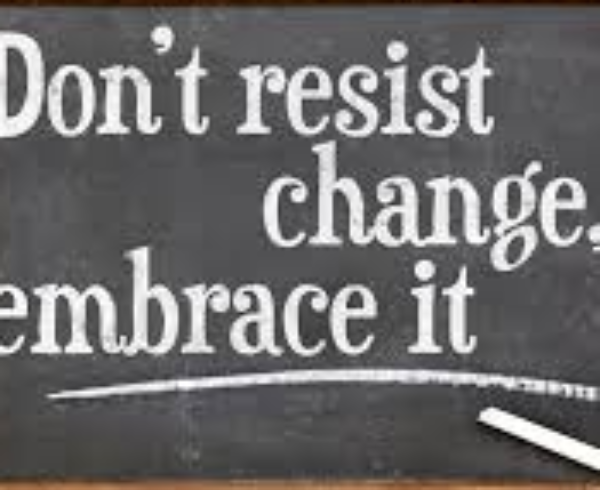In case you missed out on my last article here is a quick review of the first three of my five Cs of Leading Change… see below for my fourth C: Challenge.
1. Communication. As a senior leader, your job is to ensure that change takes hold through the collective efforts of your organization. That means you’ve got to make sure your team, business partners, cross-functional colleagues, customers and clients clearly understand your vision of the future. Your key managers must know what you expect of them — and they have to be able to drive the message to their teams and partners throughout the organization.
If you think you’ve stated the message explicitly and compellingly enough, that’s a great start — but it’s not enough. Pressure test whether people thoroughly understand what you’re driving and what’s expected of them. Ask your key stakeholders whether the message has come through loud and clear. Invite questions. Convey the message yet again, and in a variety of ways. Remember, it takes time for people to adapt to change — but your best leaders and employees will embrace change as an opportunity to stretch — and to truly make a difference.
2. Context and 3. Clarity. OK, so you’ve already articulated that change is coming — and you’ve explained what is expected of everyone involved. You’re off to a great start.
Now ask yourself this: Have you adequately conveyed why change is needed — and addressed the myriad spoken and covert concerns about shifting away from “the way it’s always been done”? Remember, your people will embrace a new direction and a different approach with far less resistance if they understand the reasons for change:
Is there a shift in market dynamics that must be proactively addressed?
Has the regulatory environment changed?
Are your customers asking for something new, different and better suited to their current and future needs?
Is your company’s growth steadily declining in the face of the status quo?
Don’t neglect to dig into these issues and help your leaders and front line employees understand just how important it is to move boldly forward. While you’re at it, make sure everyone can plainly see where he or she fits into the big picture — and how all the pieces come together.
Communication, context and clarity — Together these three Cs set the stage for change, exponentially increase organizational buy-in and help short-circuit the kind of unproductive but stubborn resistance that can otherwise stop change in its tracks.
4. Challenge. To drive change that leads to increased organizational success, individual growth and dramatically improved team impact, you should challenge your leaders in a variety of ways. Have them develop an innovative approach to an existing problem. Ask for greater creativity and efficiency in collaborating across functions. Require rapid improvement in the quality of leadership, communication and talent across the organization.
In framing change as a challenge — and by presenting the opportunity to do things in a new and exciting way — you will bring out the best in your most motivated leaders. They, in turn, will bring out the best in the people they lead. And you will quickly identify those who refuse to take on the challenge but, instead, continue to go about business as usual. That kind of information will be priceless, as you push forward a new agenda and build a team of exceptional, forward-thinking leaders who can bring your vision to life.








